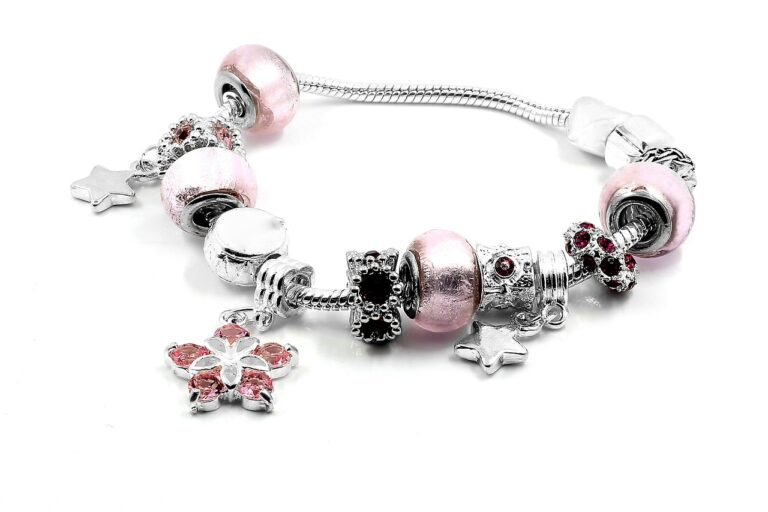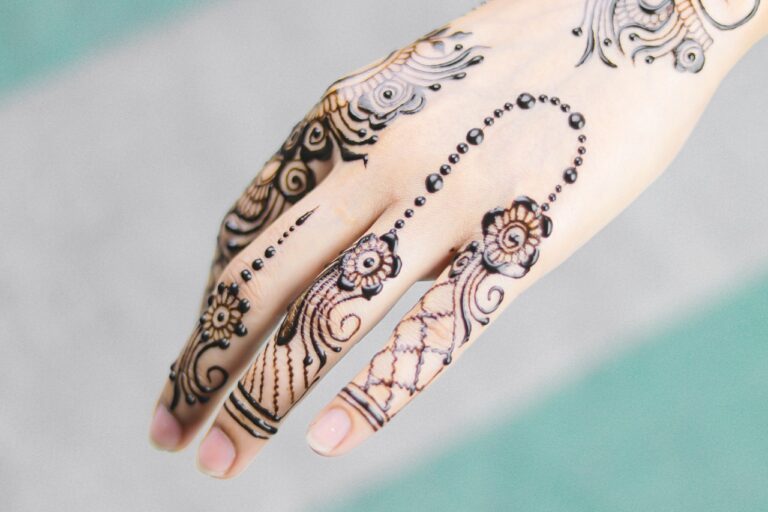Fashion and Globalization: How Cultural Exchange Shapes Style
The history of fashion is inherently intertwined with the concept of globalization. Through trade, colonization, and cultural exchange, fashion has evolved over centuries as various garments, styles, and fabrics were transported across borders and continents. The Silk Road, for example, not only facilitated the exchange of silk between Asia and Europe but also influenced the fashion preferences of both regions. This cultural interplay laid the foundation for the diverse and eclectic fashion landscape we see today.
As European powers expanded their empires and established trade routes around the world, traditional clothing of different cultures was not only admired but also appropriated and reimagined. This process of cultural diffusion led to the fusion of styles, materials, and techniques, giving rise to new and innovative fashion trends. The colonial era, although marked by exploitation and oppression, also played a significant role in shaping the global fashion industry by introducing Western styles to non-Western societies and vice versa.
Impact of Globalization on Traditional Clothing
Globalization has revolutionized the fashion industry, leading to a fusion of traditional clothing with modern styles. This merging of cultures has resulted in unique and diverse fashion trends that reflect a global identity. Traditional clothing designs and techniques are now being reimagined and adapted to cater to a wider audience, showcasing the rich heritage of different cultures on a global platform.
As traditional clothing becomes more accessible and popularized worldwide, there is a growing concern about cultural appropriation. The commercialization of traditional garments without proper acknowledgment of their origins has sparked debates about the ethical implications of globalization in the fashion industry. It is essential for designers and consumers alike to be mindful of the significance and history behind traditional clothing to ensure respect and appreciation for diverse cultural heritages.
Cross-Cultural Influences in Fashion
In the world of fashion, the influence of different cultures is more prevalent than ever before. As globalization continues to bridge gaps between nations, traditional clothing and styles are blending together to create unique and innovative looks. From the intricate beadwork of African tribal attire to the vibrant colors of Indian saris, designers are drawing inspiration from a multitude of cultural sources to create dynamic pieces that resonate with a global audience.
This cross-pollination of ideas and aesthetics has not only redefined the boundaries of fashion but has also fostered a greater appreciation for diversity and inclusivity in the industry. As designers collaborate with artisans from different corners of the world and incorporate traditional elements into their collections, fashion has become a powerful vehicle for celebrating cultural heritage. This fusion of styles not only breathes new life into established traditions but also creates a platform for sharing stories and experiences that transcend borders and unite us in a shared appreciation for beauty and creativity.
How has globalization impacted traditional clothing around the world?
Globalization has led to a blending of cultures, resulting in traditional clothing being influenced by Western fashion trends and styles.
What is the history of fashion and globalization?
The history of fashion and globalization dates back to ancient times when trade routes connected different regions, allowing for the exchange of clothing styles and techniques.
How do cross-cultural influences manifest in the fashion industry?
Cross-cultural influences in the fashion industry can be seen in the use of traditional patterns, fabrics, and designs from different countries in modern clothing collections.
Are there any notable examples of cross-cultural influences in fashion?
Yes, many designers have drawn inspiration from various cultures in their collections, resulting in a fusion of different styles and aesthetics in contemporary fashion.
How can individuals incorporate cross-cultural influences into their personal style?
Individuals can incorporate cross-cultural influences into their personal style by experimenting with different clothing pieces, accessories, and patterns from various cultures to create a unique and eclectic look.







